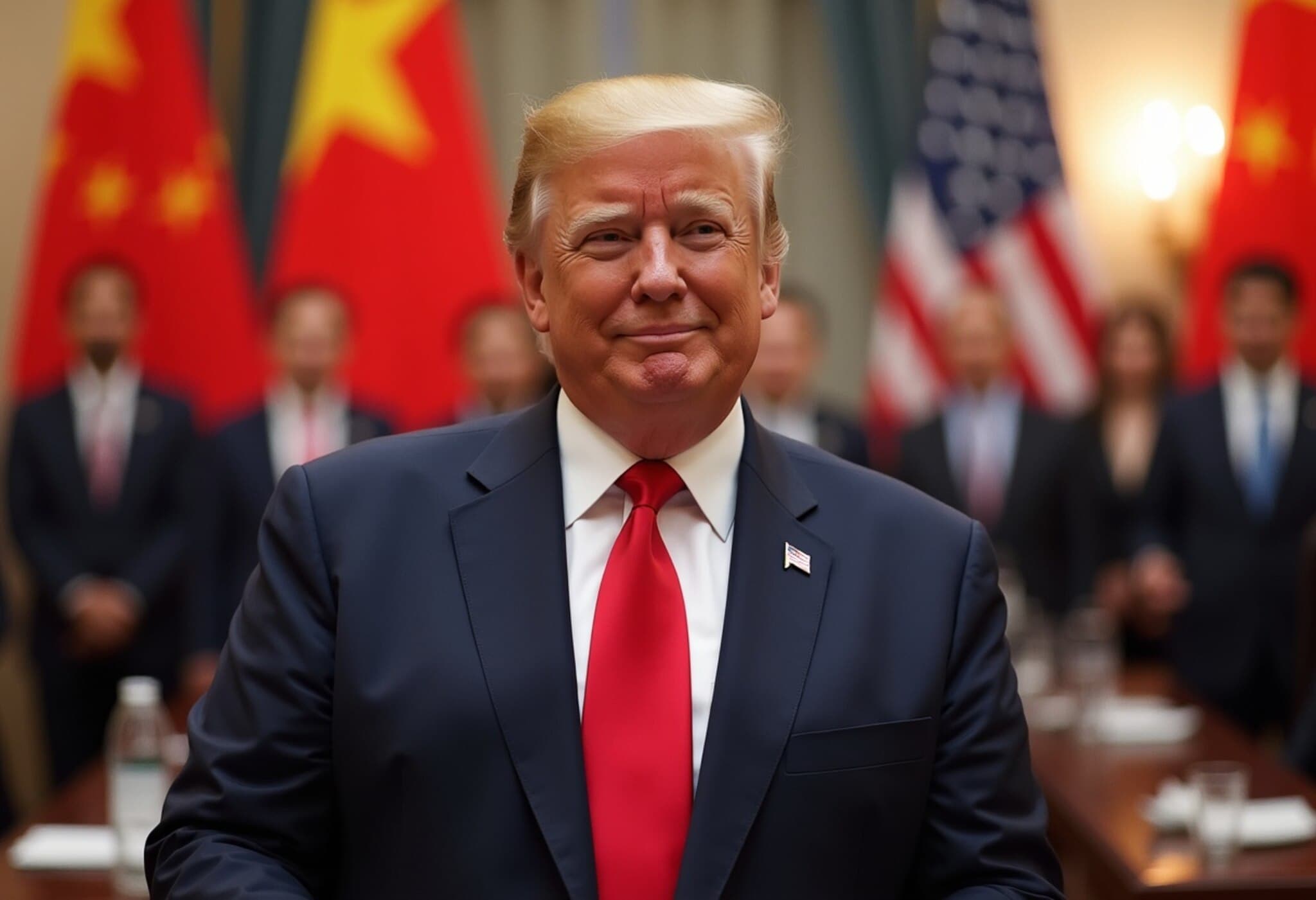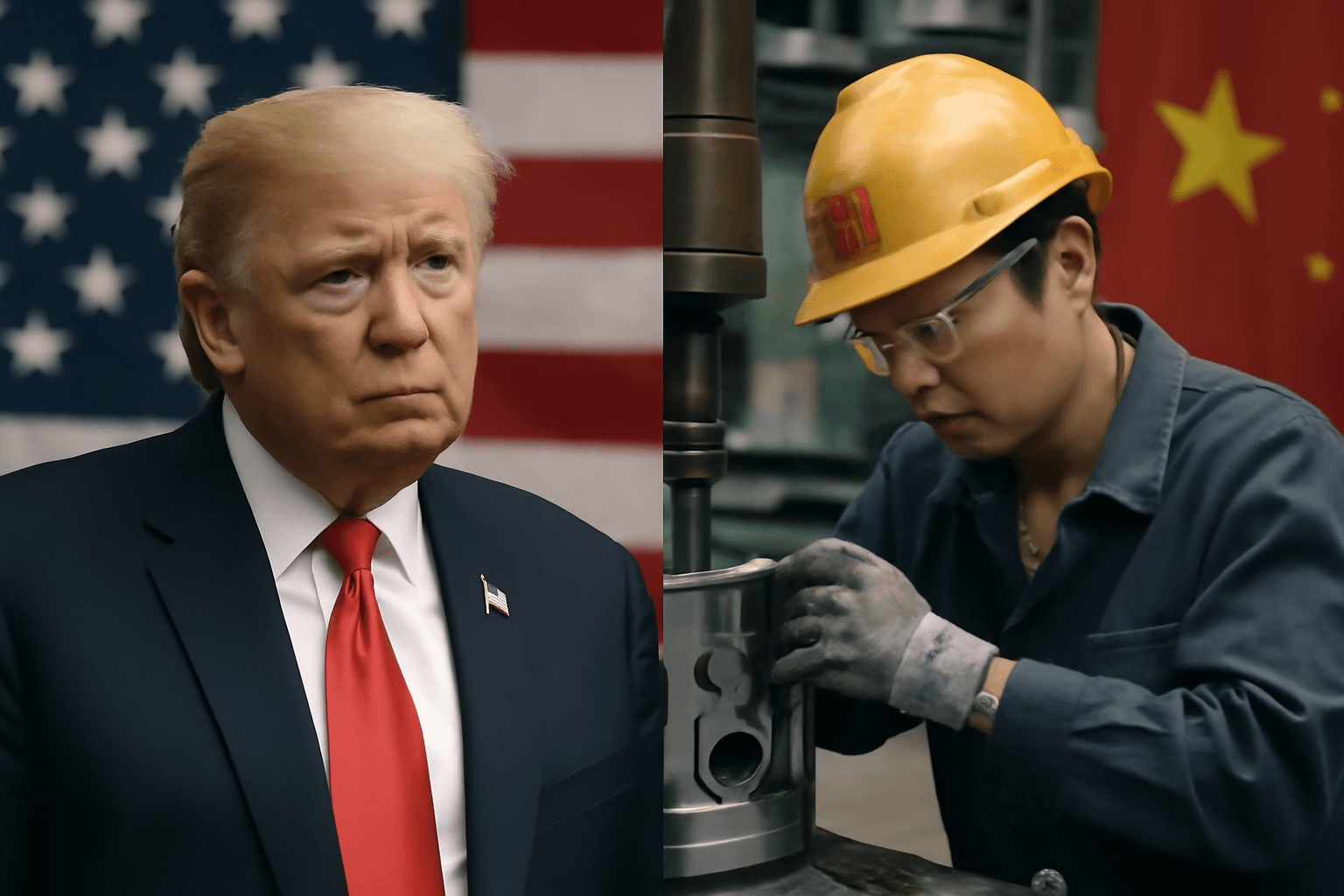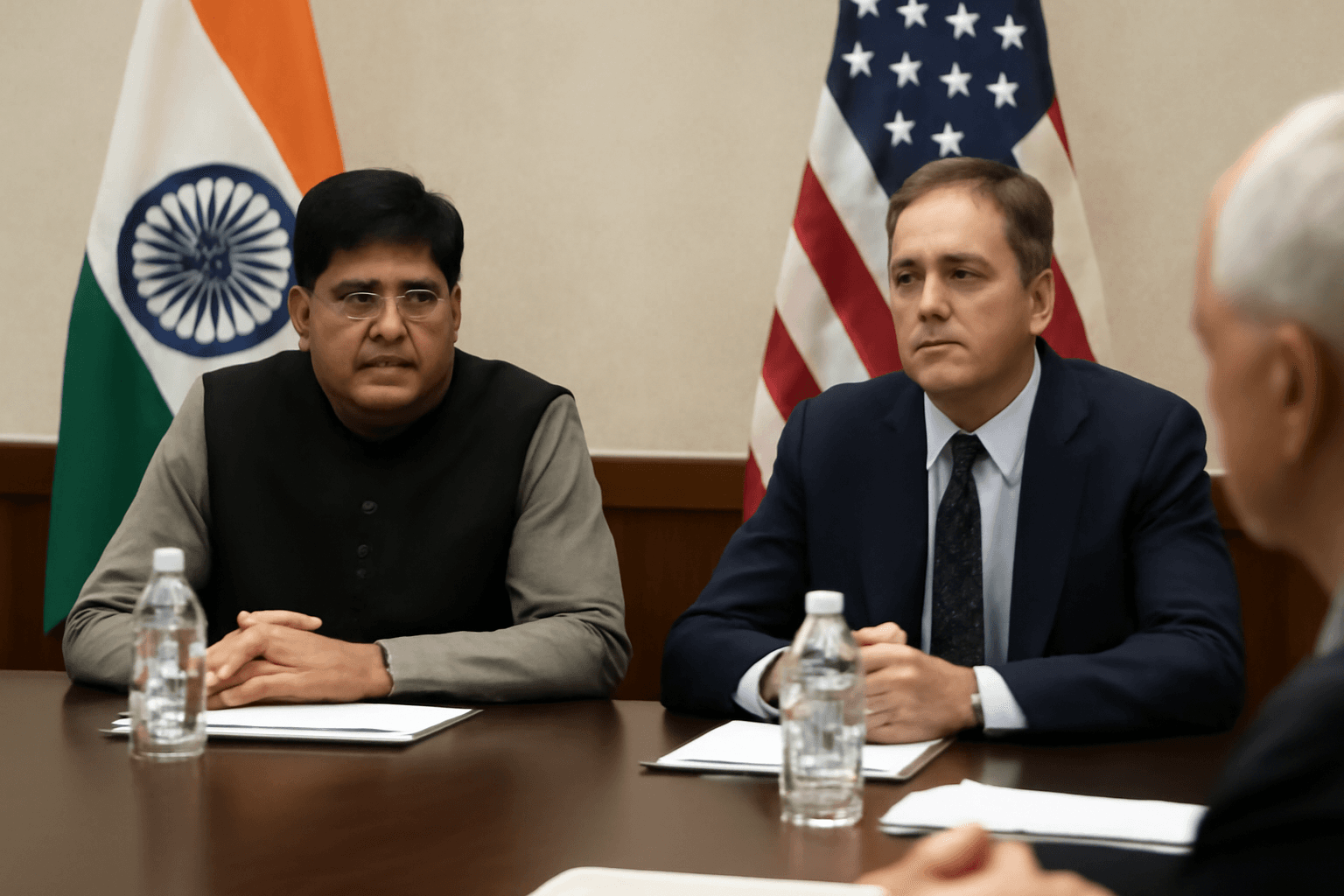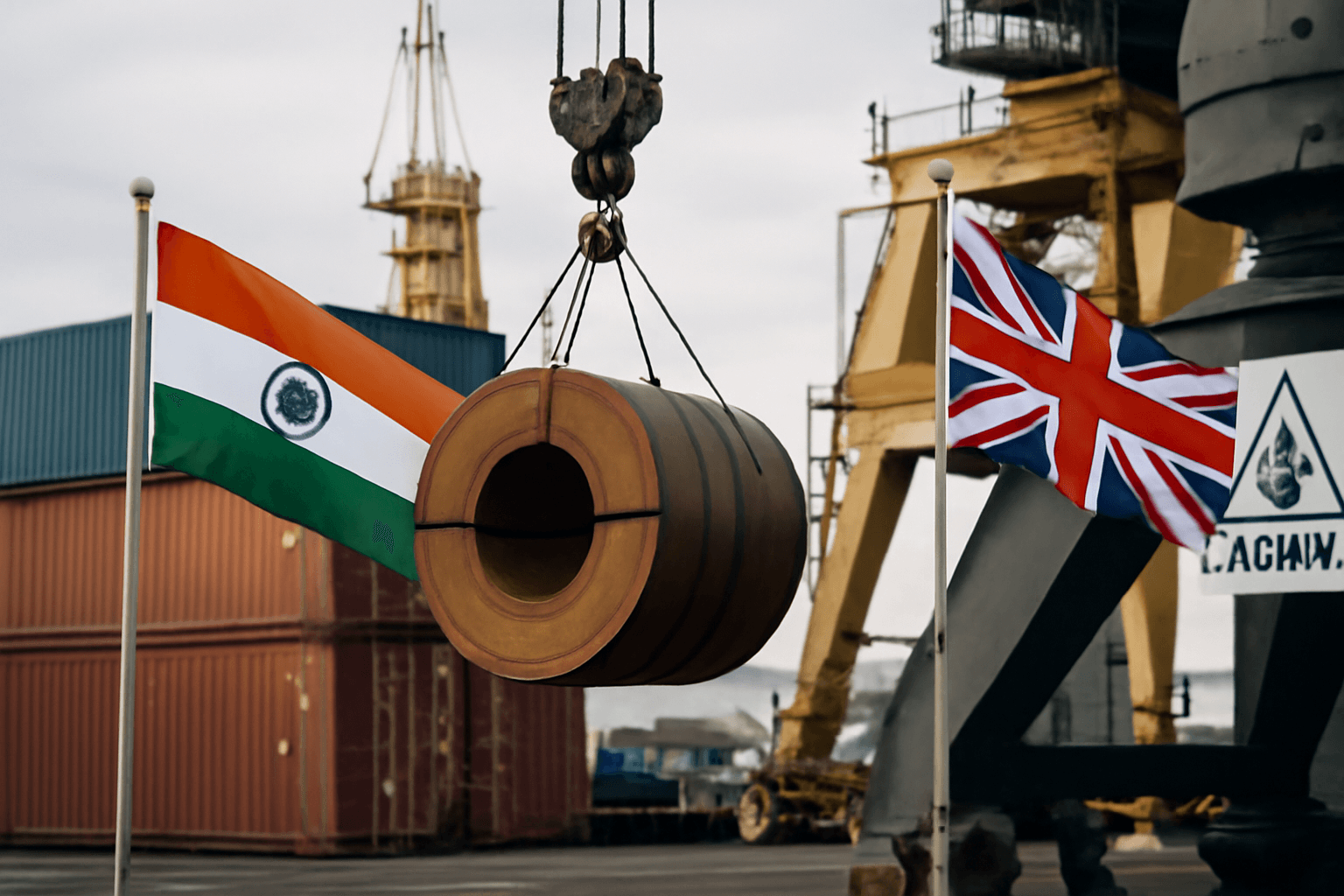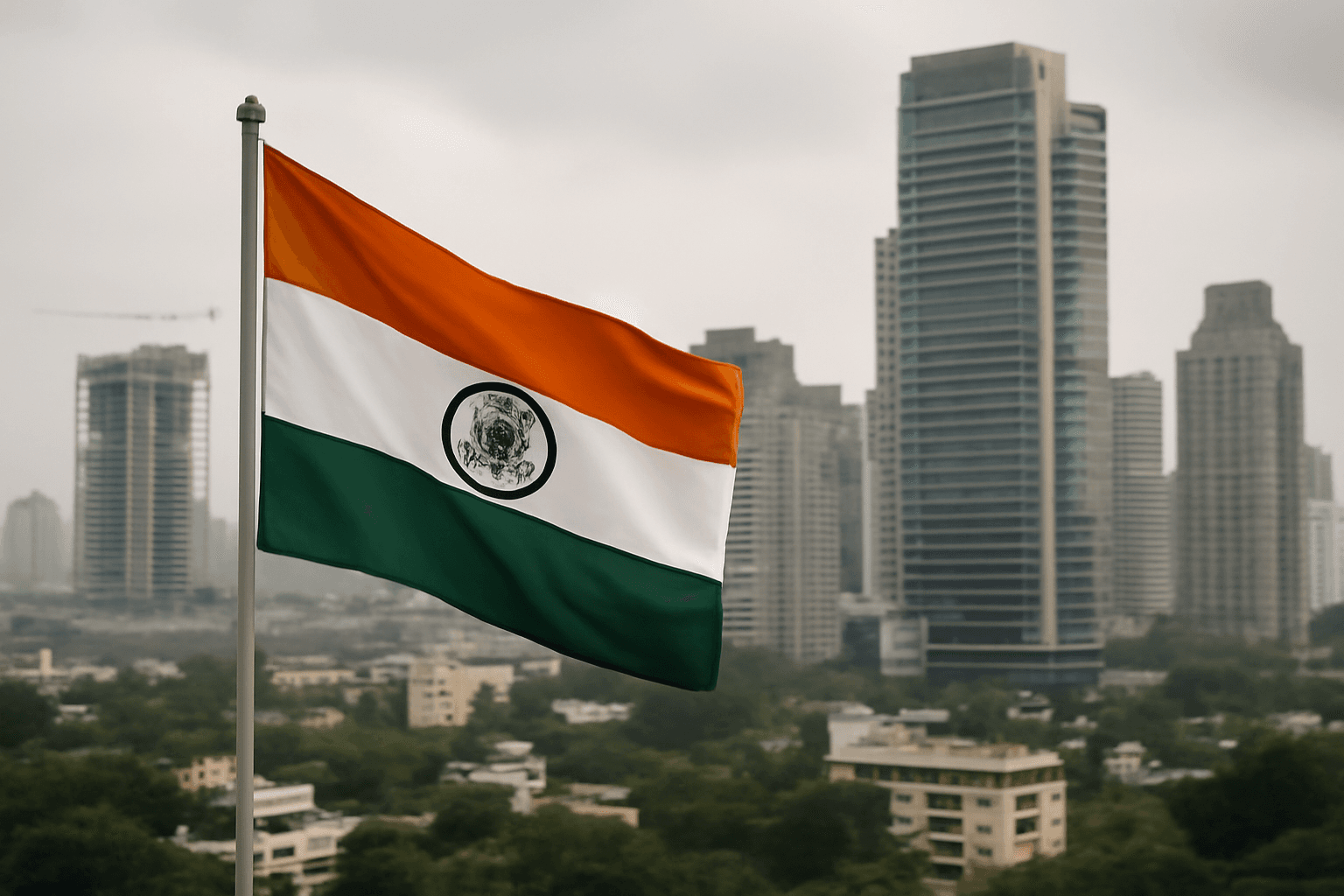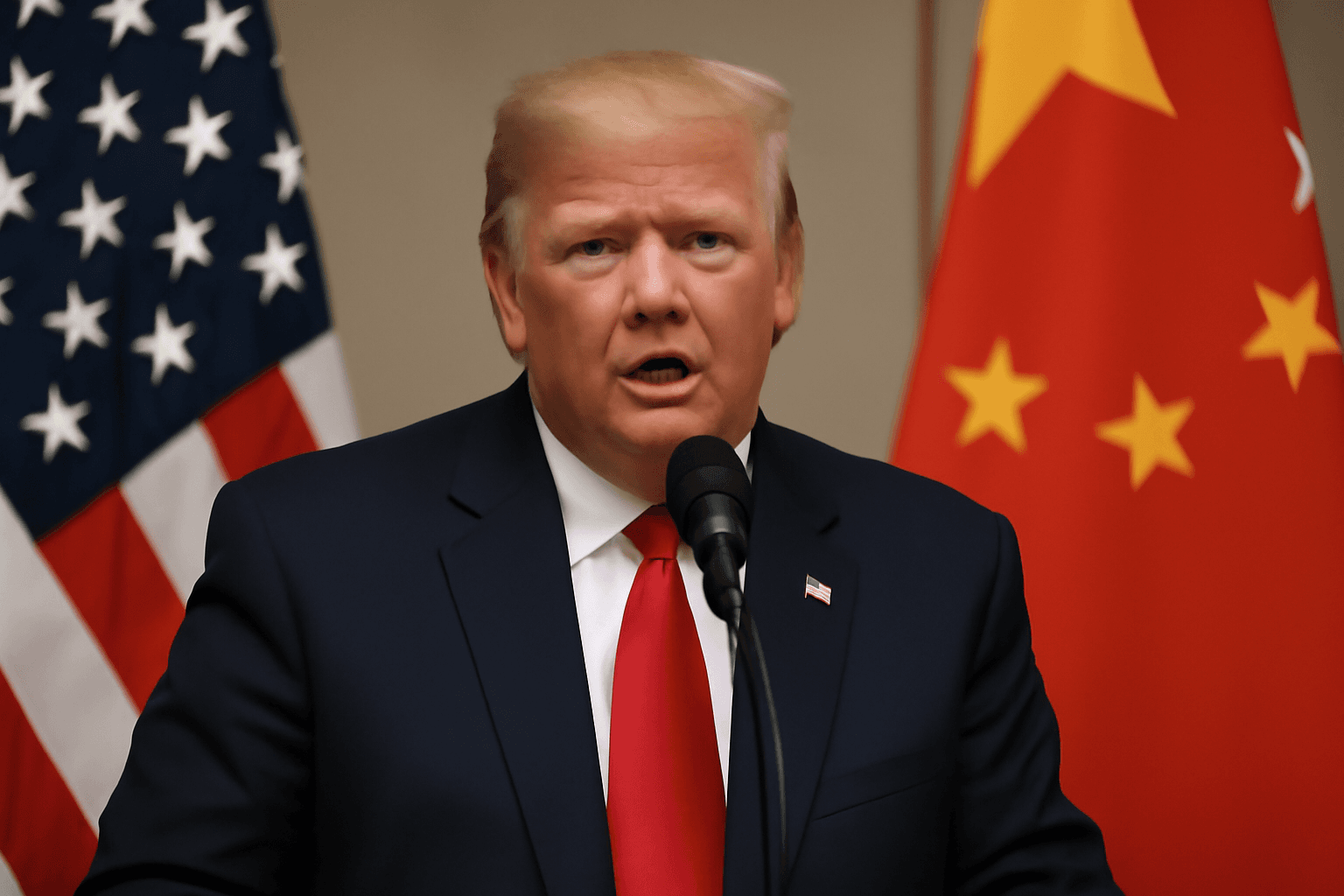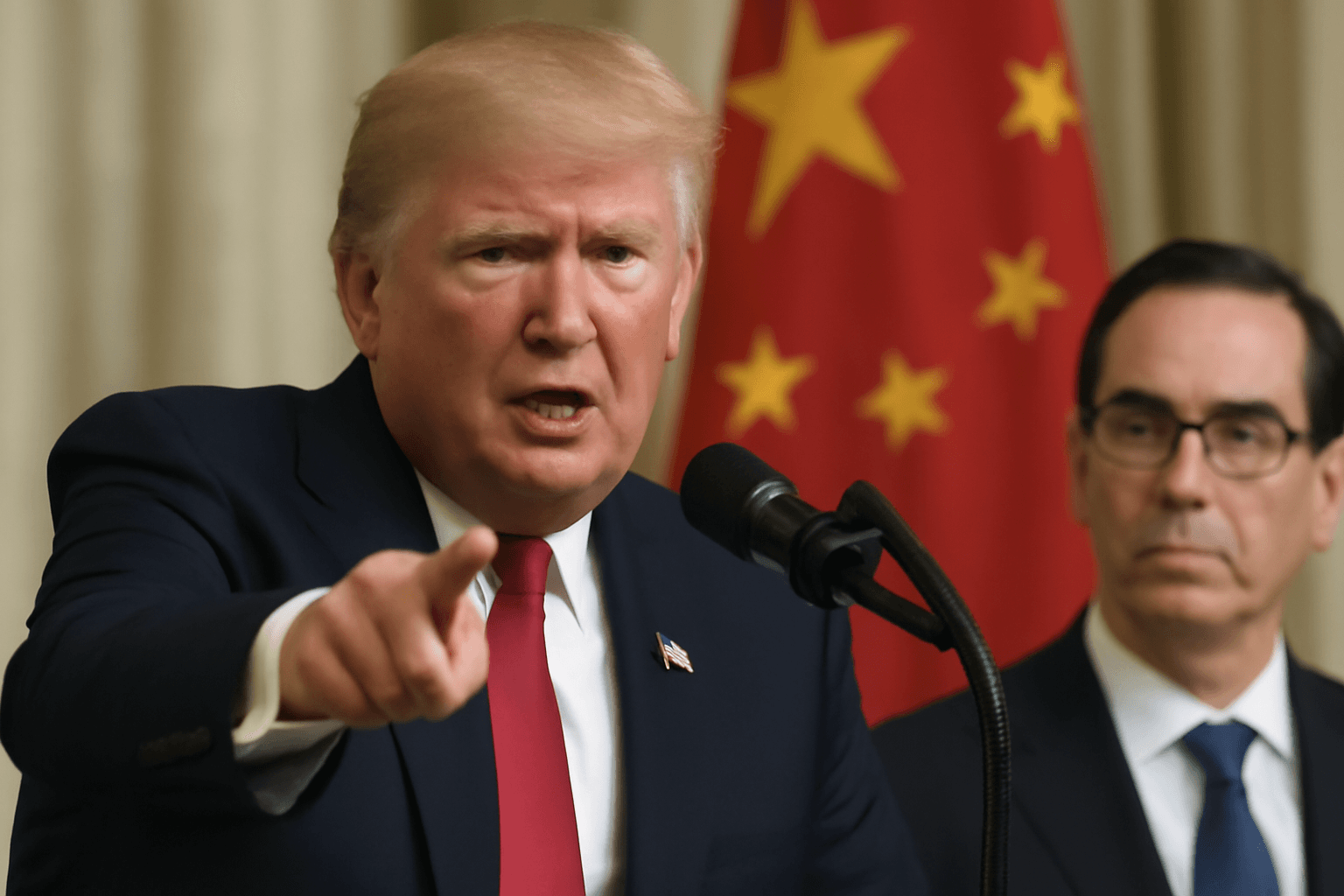Trump's Trade Deal with Vietnam: What Lies Beneath?
President Donald Trump recently unveiled a trade agreement with Vietnam aimed at curbing the flow of Chinese goods rerouted through the Southeast Asian nation. Yet, with limited details released, economists and trade experts are left grappling with its practical implications.
Tariff Structure Raises Eyebrows
The pact proposes a 20% tariff on Vietnamese goods shipped to the U.S., alongside a steeper 40% “transshipping” tariff targeting products originating in third countries but passing through Vietnam en route to the American market. This move seeks to discourage China’s use of Vietnam as a transshipment hub to circumvent U.S. tariffs imposed on direct Chinese exports.
Challenges in Enforcing Transshipment Levies
While aiming at curbing so-called transshipment, enforcing such tariffs presents a daunting task for Vietnam. Distinguishing between authentic Vietnamese products and those merely passing through requires clear definitions of what constitutes “made in Vietnam.”
- If the 40% tariff targets only pure transshipments—goods shipped from China to the U.S. without any local processing—the impact on Vietnam could be minimal.
- However, applying the higher tariff to any Vietnamese goods containing even minor Chinese components risks substantial disruption to local industries and trade.
Vietnamese authorities will likely bear the responsibility of issuing strict rules of origin certificates, a task fraught with complexity given regional supply chains.
Vietnam’s Growing U.S. Trade Surplus Amid Shifting Production
Since Trump's initial term, many Chinese manufacturers have relocated operations to Vietnam, contributing to a sharp surge in Vietnam's trade surplus with the U.S., which more than tripled to $130 billion last year from under $40 billion in 2018. This trend highlights Vietnam's evolving role as a crucial player in global supply chains, making the stakes of the new tariff measures even higher.
A Template for Southeast Asia and Beyond?
The Vietnam deal follows previous agreements with the U.K. and China, offering a glimpse into how Washington plans to manage trade relations with key partners. With Trump's 90-day pause on reciprocal tariffs set to expire, countries across Southeast Asia are rushing to secure favorable trade terms.
Experts note that future trade arrangements may commonly include provisions:
- To tighten oversight of transshipment activities, preventing tariff circumvention.
- Imposing increased purchase commitments of American goods.
- Incorporating pressures aimed at limiting China’s industrial access.
Some also highlight strict conditions on sectors like steel and pharmaceuticals in prior deals as efforts to exclude China from critical supply chains.
China's Cautious Response
China has publicly expressed concerns over the new pact, warning that the U.S. might use trade negotiations with other countries to suppress Chinese exports indirectly. Beijing urges nations to avoid compromising China’s interests to reach deals with Washington.
Despite the rhetoric, experts believe China will likely hold back from retaliatory measures until the finer details of the pact and potential future agreements become clearer. After all, a drastic response over a single deal would be strategically unwise.
Looking Ahead: What’s Next?
Recent easing of trade restrictions between the U.S. and China—such as lifting export bans on ethane and chip-design software—signals a complex but dynamic trade landscape. The U.S.-Vietnam deal’s high tariff threshold suggests Washington aims to maintain pressure on China's industrial capacity without encouraging companies to move production back to China.
As nations navigate this intricate web of trade diplomacy, Vietnam’s pact could serve as a crucial benchmark influencing future agreements in the region.

